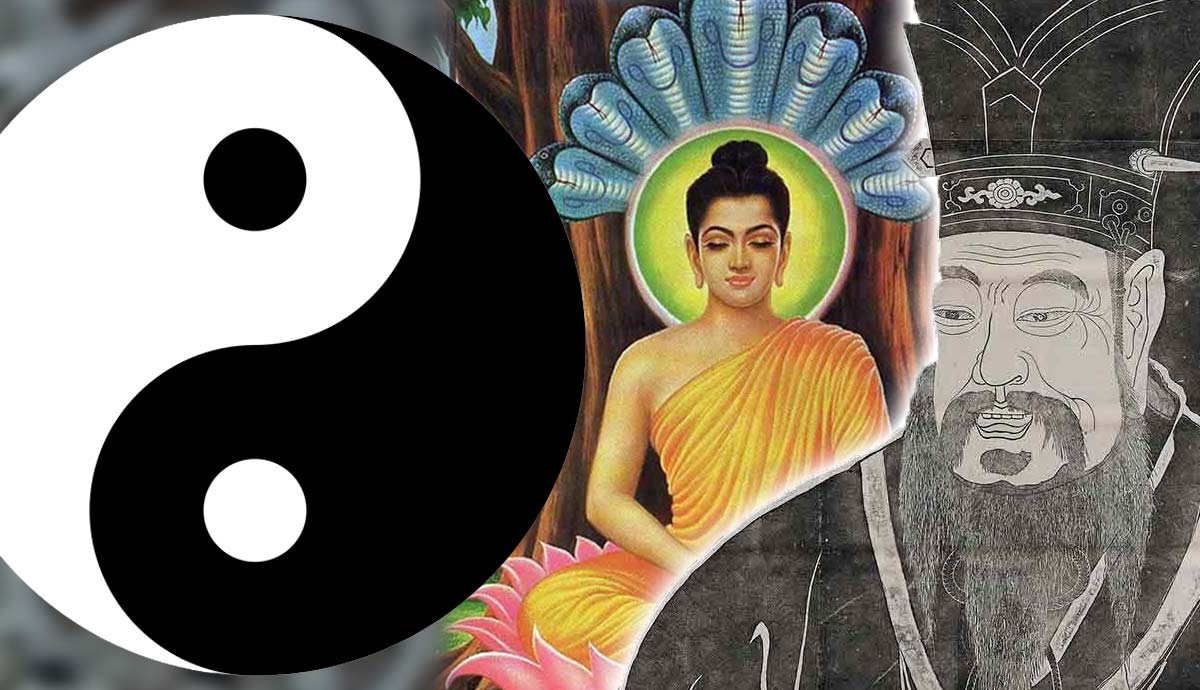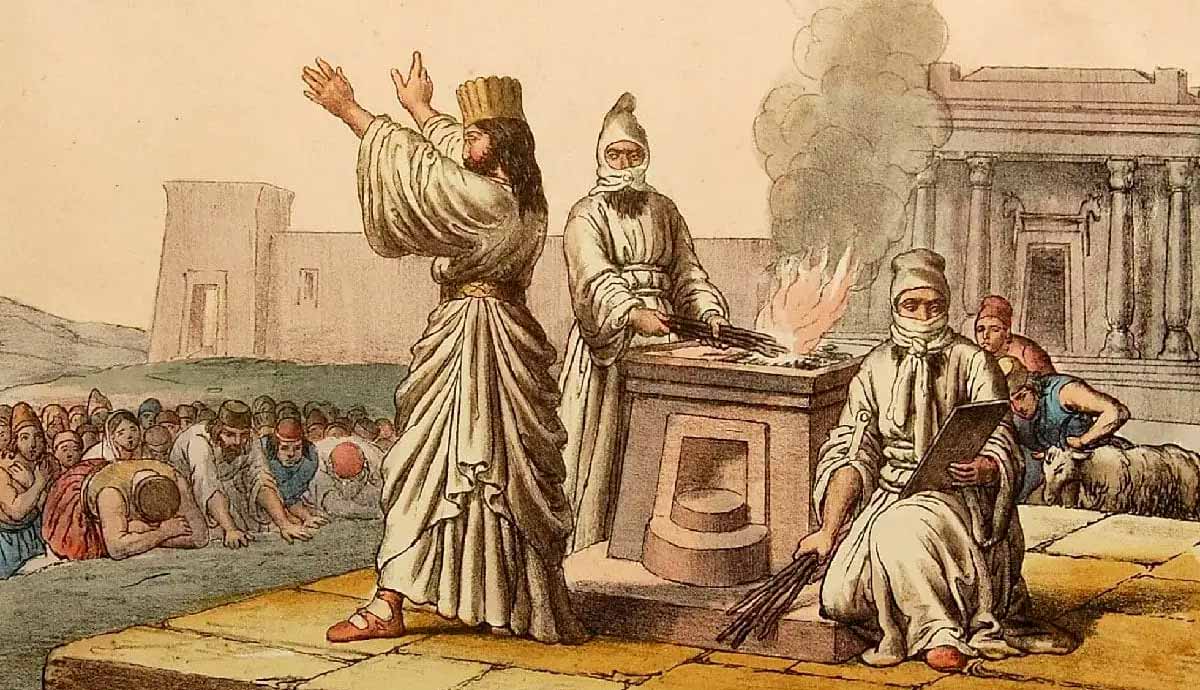
The story of Tamar, daughter of David and princess of Israel, is a tragic tale of deception, lust, hatred, shame, revenge, political expediency, and ambition. It starts with the obsession of a prince, the first in line to the throne of Israel, and his half-sister, and ends in murder, cover-up, and political maneuvering. The people involved each had personal agendas that drove their actions (and inaction), except for the victim of rape, Tamar. The story raises many questions about morality in biblical times and the apathy towards women’s suffering in a patriarchal world.
The Biblical Narrative

2 Samuel 13 tells the story of the unhealthy obsession the crown prince of Israel, Amnon, had with his half-sister, Tamar. She was the sister of Absalom, the second-in-line to the throne. Amnon claimed to love Tamar. His friend, Jonadab, convinced the prince to fake illness and have his father, King David, send Tamar to his living quarters to care for him.
When she arrived and prepared food for her half-brother, he sent the others who attended to him out so he could be alone with Tamar. She protested and warned him of the shame that would come over them when he requested her to lie with him. She even suggested that he speak to their father if he wanted her as his wife. Amnon’s lust for Tamar drove him to violate her. Once he satisfied his lust, he cast her aside and hated her.
Tamar revealed to Absalom what had happened. Her brother took her into his house and told her not to take what happened to heart. Though he showed no outward ill will toward Amnon, he hated his half-brother for what he had done. When King David heard what Amnon did, he was very angry but did not take any action.

Two years later, Absalom executed a plot to have Amnon killed. News of his death reached David, whose informant brought him under the impression that Absalom had killed all his sons. Jonadab, however, informed the king that only Amnon was the target of the plot, and none of the other sons were still alive. He also revealed that Absalom had been planning the murder since Amnon violated his half-sister two years earlier.
The narrative is surprisingly silent about Tamar and her plight, other than mentioning that she was “a desolate woman” (2 Samuel 13:20), suggesting she suffered mentally and emotionally from her trauma for the remainder of her life.
Amnon’s Perspective

Amnon, as the first-in-line to the throne, led a privileged life and likely felt entitled to whatever he wanted. When he spoke to Jonadab, his cousin (the son of David’s brother, Shimeah), about Tamar, he devised an ill-conceived plan to fake illness and orchestrate that King David send Tamar to his house. Amnon was driven by lust and self-interest.
Amnon’s actions showed that he was infatuated with Tamar and lusted after her, but there was no love involved. First, he deceived her, then he rejected her calls not to shame her, himself, and the House of David, and he raped her. His immediate hate for her after he took her virginity shows his utter contempt for her and the repercussions his actions would have on her. He threw her out on the street and had the door locked behind her.
Since neither Absalom nor King David spoke or acted against him and his despicable deed, Amnon likely felt that he had nothing to worry about and no retribution to fear. He likely thought the whole situation was something of the past and therefore feared nothing from going with Absalom and his other brothers to tend to sheepshearing activities two years later. When he was merry with wine, the servants of Absalom took his life, presumably in revenge for the rape of Tamar.
David’s Perspective

In the biblical narrative, the story of Amnon violating Tamar follows directly after that of David and Bathsheba (2 Samuel 11), which the prophet Nathan rebuked the king for (2 Samuel 12). It is not clear how much time elapsed between 2 Samuel 12 and 13, but the shame of what David had done probably influenced his reaction to the news that Amnon raped Tamar. The royal household had already experienced one scandal, and King David may have wanted to avoid another by not making a scene about the latest travesty.
It may also be that David, having experienced a major moral fall, did not feel like he had the authority to address the failure of his eldest son and heir to his throne. Taking official action against Amnon would make a spectacle of the embarrassing situation and bring shame to the royal court yet again.
David may also have felt some responsibility for what occurred because he was deceived and had sent Tamar to tend to Amnon. Unlike Jonadab, he was unaware of the deceit, but he knew she would not have been in that situation had he not sent her to her half-brother.
Tamar, as a beautiful young virgin, held great potential for a marriage of political allegiance, but the scandal ruined any such opportunities. David’s inaction showed a lack of leadership and judgment on his side, which diminished his authority in the eyes of his children and the leadership structure of his court, who were aware of what had happened.
In the end, once Absalom had Amnon murdered, David suffered the consequences of his inaction. Absalom’s treacherous action against his father may also have been fueled by his failure to do justice in the face of such a heinous crime.
Absalom’s Perspective

Absalom, as Tamar’s brother, is a dark horse in this narrative. When he became aware of what occurred, he took Tamar into his house but advised her: “He is your brother; do not take this to heart” (2 Samuel 13:20). His advice reveals that he was not fully committed to having justice done or to Tamar’s well-being.
Since Absalom was second in line to the throne, it is conceivable that he saw this event as an opportunity to plot against the one person who stood between him and the future royal throne. His later actions against King David show his royal ambition and manipulative nature. His ability to hide his true feelings shows how cunning he was, for “Absalom spoke to Amnon neither good nor bad” (2 Samuel 13:22). He legitimately hated Amnon, but within the greater context of his own ambition, it was more advantageous for him to bide his time. Considering King David’s inaction, which likely diminished his regard for his father, Absalom probably felt justified in his revenge. Self-promotion was also a significant underlying factor. The narrative proposes that the violation of his sister was at the heart of his vengeance, but his political ambition should not be disregarded as an additional motivation.
Absalom had enough clout and favor with his co-conspirators that they risked assassinating the crown prince on the assurance that no ill consequence would follow because he commanded their actions. It may suggest that he convinced them that he, as next in line to the throne, would ensure that they would not be held accountable for the murder.
Tamar’s Perspective

Tamar is the silent victim who sees no justice in this biblical account. Many scholars have attributed the silence on what happened to Tamar afterward to the patriarchal structure of ancient Israel.
From the contemporary perspective, with increased focus on violence against women, reflected in social justice activism such as the #MeToo movement, scholars have reflected on this Bible narrative with new interest. Feminist biblical scholar Phyllis Trible, in her seminal work Texts of Terror, highlights the injustice done when women like Tamar, who lack agency in a patriarchal society, suffer because of the inaction of others. The omission of those who could have acted and didn’t, or acted but were not committed to justice but, rather, to self-interest, results in the silent suffering of the real victims like Tamar, who struggle with the emotional and psychological fallout of the trauma they suffered at the hands of men who abused their power and agency to inflict harm on women.

In the end, Tamar, who was the innocent victim in the narrative and should have been the focal point of the story, becomes a sidenote in the greater picture of lust, apathy, and political ambition. She suffers in silence and disappears from the narrative.
She, in retrospect, was the only one to call for justice in begging Amnon to take the honorable route in how he deals with his desire for her. She was the only one to consider the shame that would come to her, her family, the royal household, and, by extension, the kingdom of Israel.
When she went to her brother for care and protection, he silenced her and expected her not to take the violation against her, which irrevocably ruined her being and future, to heart. This shocking narrative requires the reader to reflect on the extent to which these or similar events occur in our society today and how we deal with them. In many instances, unfortunately, not much has changed from the time Tamar was violated to today.










